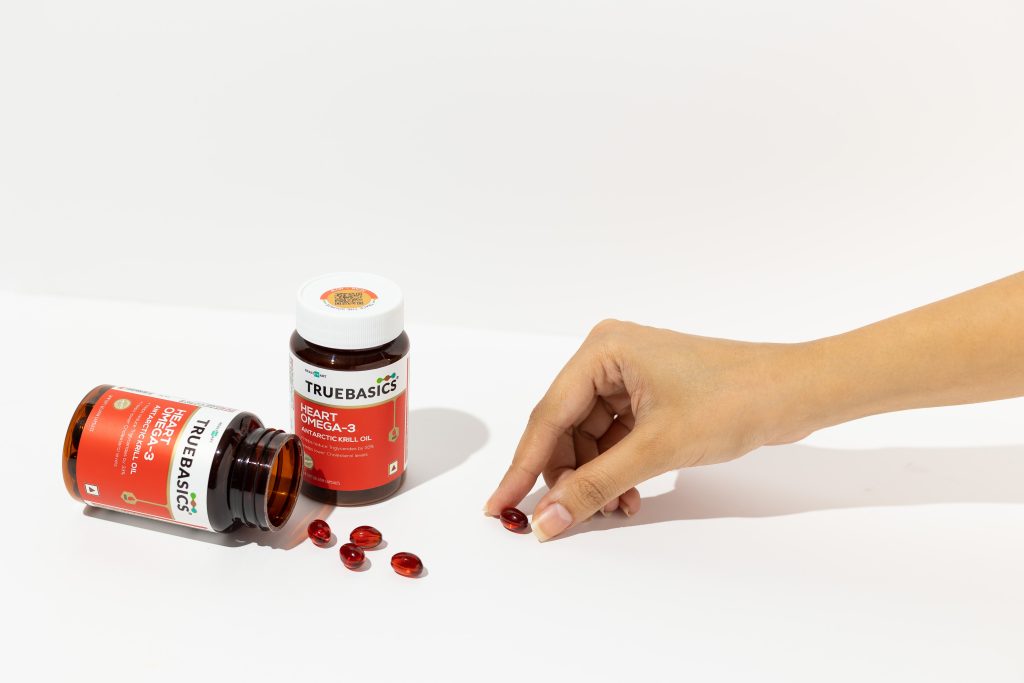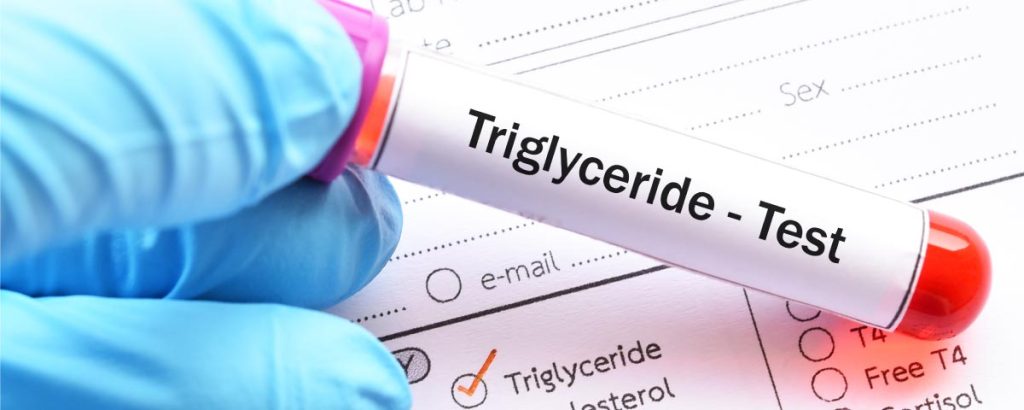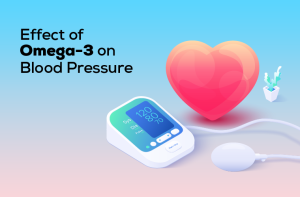We’re all familiar with the negative effects of cholesterol. Everytime we engage in a conversation about heart health, chances are that the word ‘cholesterol’ is brought up. However, for those uninitiated, triglyceride levels are as important a parameter to watch out for as cholesterol, when it comes to the matters of your heart. But what really are triglycerides?
Triglycerides are a type of fat that are found in blood, much like cholesterol. When we eat, our bodies convert all the calories that it doesn’t need into triglycerides. In short, these are waxy fats that give your body energy. Usually when you’re active, your body uses this stored energy, thus using up these triglycerides. But when there is little to no physical activity, these stored fats start accumulating in and around your organs, in the form of visceral fat. They also start getting collected in your arteries, which are the literal canal system for the blood to flow smoothly throughout the body. Blockage in the arteries give rise to a myriad of different health issues, heart-related problems being at the top of the list.
People who usually eat a high fat diet, do not exercise, are overweight/obese or smoke/drink regularly, are more prone to having higher triglyceride levels.
High triglyceride levels = higher chances of having heart issues
According to the Center Of Disease Control & Prevention, an average person’s triglyceride levels should be less than 150 milligrams per deciliter. Up to 199 mg/dL is considered borderline, and more than 200 mg/dL is considered high. People who are extremely obese or have other underlying medical conditions such as diabetes, can also have these levels higher than 500 mg/dL, which is considered extremely high.
Till now, we’ve established the fact that the more stored fat you have in your body, the higher are the chances of you developing heart issues in the long run. But here is how triglycerides are different from cholesterol. High density lipoprotein or HDL is the “good cholesterol” that keeps low density lipoprotein or LDL (bad cholesterol) from building up inside your body, by returning it to your liver. Since there is no such thing as good or bad triglycerides, pretty much all of it is bad.
Now that you’re familiar with the ill effects of high triglyceride levels, here are some ways to reduce them.
Ways to reduce triglyceride levels
- Get rid of the extra fat
One of the most fundamental steps in reducing triglycerides is maintaining a healthy body mass index (BMI). If your BMI scores less than 25, you’re in the safe zone. But more than 30 should call for serious weight changes.
- Eat better, live longer
We know it is easier said than done, but having good eating habits can really help reduce your triglycerides. Non-starchy foods, vegetables, fruits, lean proteins, and whole grains provide a solid foundation if you’re watching what you eat.

3. Move your body more often
You’ve probably already heard this already, but nothing beats physical exercise to keep your heart younger, as you grow older. A recent study by NCBI found that eight weeks of regular aerobics reduced triglyceride levels in patients with already diagnosed heart issues.

4. When it comes to drinking alcohol, less is more
Cutting down on alcohol is a MUST for people with high triglycerides. This is because of the way alcohol breaks down in your liver. Your live produces both triglycerides and cholesterol when it breaks down alcohol.
5. Keep your Omega-3 intake high
Various studies show that nutritional intake of Omega-3 seems to work against triglycerides. Our experts say that a 4 gram daily dosage of Omega-3 can sufficiently lower triglyceride levels. TrueBasics Heart Omega-3 is one such nutritional supplement that pairs well with a good diet and exercise in keeping your heart healthy. Made with 100% pure and traceable Antarctic Krill Oil, Heart Omega-3 comes with the power of 4 heart-strengthening ingredients. They help reduce cholesterol and triglyceride levels by up to 33%, with 26 weeks of continuous consumption.















